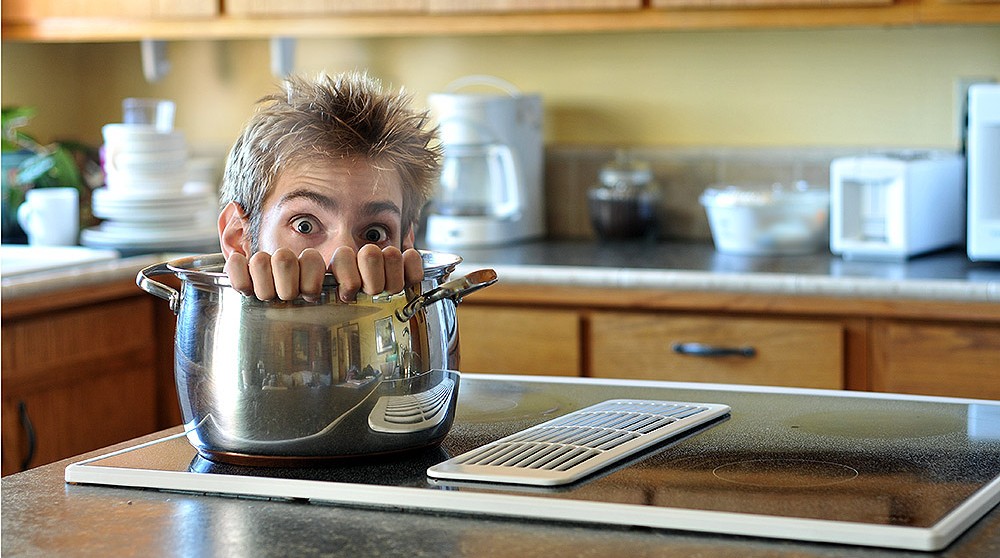
Mageirocophobia - Fear Of Cooking
In the Greek language, a mageirokos is an individual who is skilled at cooking. A mageriocophobia is a fear not of skilled cooks, but of skilled cooking. People with this condition may suffer nutritional deficits, especially if they live alone--and imagine having to deal with a sense of terror when you're channel surfing and come across Top Chef and Guy Feiri's Diners, Drive-Ins, and Dives? A less extreme version of this phobia affects many men and women who are simply sure they cannot cook, so they live off sandwiches and microwaveable meals. People overcome the problem with they resolve to accept the results of their efforts, however imperfect, and they find the right recipes. Supportive cooking partners also help.
- Important notification about information and brand names used in this slideshow!
- Photo courtesy of Photo Extremist by Flickr : www.flickr.com/photos/thevlue/4839061144/
- Albers, Dr. Susan. Overcoming Mageirocophobia -- the Fear of Cooking. Huffington Post. Accessed 7 December 2013.
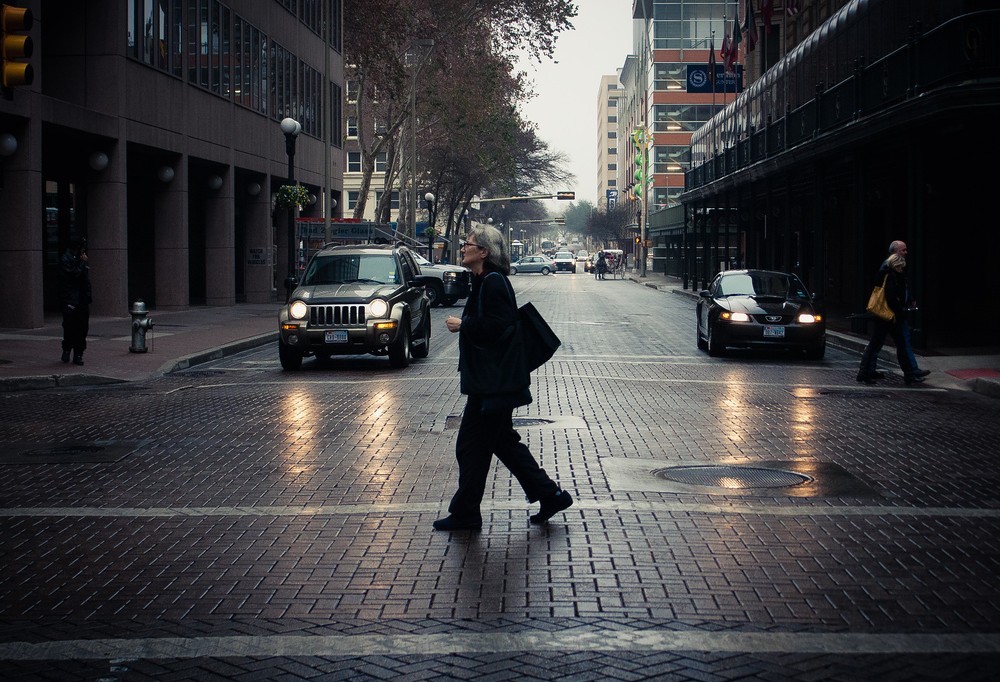
Agyrophobia - Fear Of Crossing the Street
Why didn't the chicken cross the road? It had agyrophobia. This unusual phobia focuses on public thoroughfares, such as streets, highways, bridges, and even sidewalks. The term agyrophobia comes from the Greek term "agyro" meaning turning or whirling. This phobia is to the turning or whirling of busy traffic. It is important to understand that agyrophobia only exists when there is no legitimate fear of harm while crossing the road; feeling fear for one's life when crossing busy streets in some countries is entirely justified! Agyrophobia is not the same thing as a fear of cars, autophobia. Agryophobics may be afraid of crossing a street even when there is no traffic.
- Important notification about information and brand names used in this slideshow!
- Photo courtesy of Jesse Acosta by Flickr : www.flickr.com/photos/jesse_acosta/8459534579/
- Gupta, Tanuja Das (18 September 2001). "Meow Meow: The Road Not Taken..." The Times of India, Mumbai, India. Retrieved 2009-08-16.

Deipnophobia - Fear of Dinner Conversation
In the nineteenth century, at least in most English-speaking countries, there were very strict rules of etiquette about the kinds of things one could discuss around the dinner table, and who could initiate a conversation. In the twenty-first century, the stuffy rules of the Victorian era have finally been forgotten--and some people just don't know what to say. When fear of making a social error in dinner conversation becomes so acute that some people can't speak at the dinner table or don't eat when others are present, depinophobia is the diagnosis. What can you do if you are deipnophobic? Don't yell. Don't discuss sex, politics, or religion, unless you know others at the table very well. Don't talk with your mouth full. If you follow these rules, you will probably be OK.
- Important notification about information and brand names used in this slideshow!
- Photo courtesy of David Sifry by Flickr : www.flickr.com/photos/dsifry/2098835697/
- Rister, R. Healing without Medication. Basic Health Publications, 2003.

Pediophobia - Fear of Dolls
Pediophobia is a fear of dolls. Not just scary dolls, but all dolls, whether pretty or ugly, cheap or expensive, stable or animated. Pediophobia usually also extends to mannequins and robots, zombies, puppets, muppets, stuffed animals, corpses, and statues, any objects that take on a semblance of human form. This phobia has been known to psychiatry for a very long time. Sigmund Freud postulated that fear of dolls sprung from anxiety about the possibility they could spring to life. Robot scientist Masahiro Mori explains that the more human and lifelike objects become, the more repugnant their non-human characteristics become, too. When any of the objects that trigger pediophobia suddenly move, a moving zombie much scarier than a stationary zombie, for example, fear reactions are immeauraby heightened.
- Important notification about information and brand names used in this slideshow!
- Photo courtesy of Pavel P. by Flickr : www.flickr.com/photos/pevelpetros/8161441874/
- Speakman, Nik and Speakman, E. Pediophobia 'Fear Of Dolls' Successfully Treated By The Speakmans. YouTube. Accessed 7 December 2013.
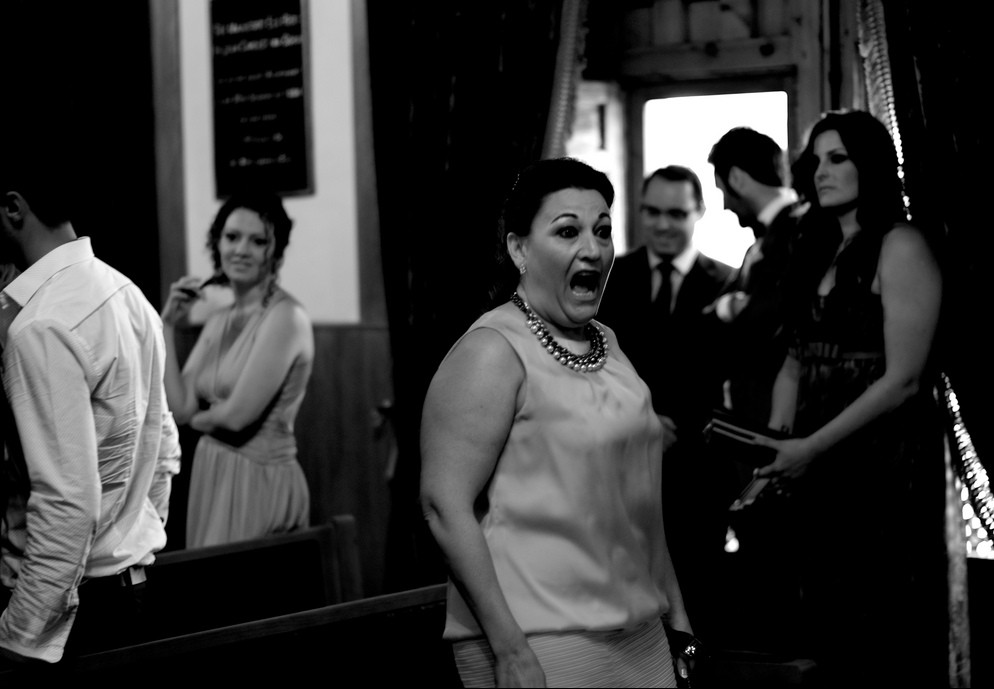
Pentheraphobia - Fear of Mother-in-Law
Pentheraphobia, the fear of one's mother-in-law, excessive irritation with one's mother-in-law, or fearing the interference of one's mother-in-law in one's marriage or personal affairs, is not really all that unusual. Most of us are just a little anxious around our in-laws, and no how long we are married, or even whether we are married, more often than not some degree of discomfort continues. The most popular treatment for pentheraphobia is divorce. Unfortunately, divorce and remarriage can cause the next generation of your family to experience another relatively common fear, novercaphobia, the well known Cinderella complex, or the fear of step-mothers.
- Important notification about information and brand names used in this slideshow!
- Photo courtesy of José Antonio Morcillo by Flickr : www.flickr.com/photos/jamorcillov/7515007444/
- Birch, H. Pentheraphobia: the fear of the Mother-In-Law. Null Hypothesis, the Journal of Unlikely Science, online, accessed 7 December 1941.
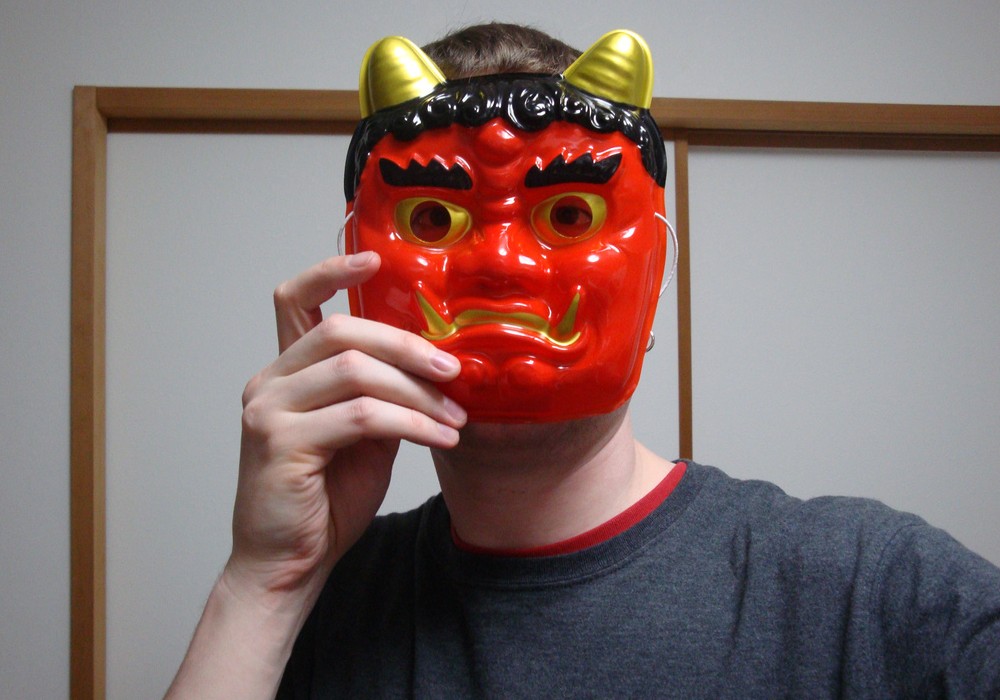
Demonophobia - Fear of Demons
Demonophobia is a persistent, irrational fear of evil, supernatural beings. Of course, if you don't believe that such beings exist, you won't be afraid of them. Only people who maintain some level of belief in the supernatural are subject to being irrationally afraid of it (assuming the supernatural does not manifest itself physically in your experience in the world, in which case a fear of the supernatural would seem to be justified). People who suffer demonophobia may become nervous when walking alone at night, in cemeteries, when watching movies or reading books or listening to sermons or lectures about the supernatural, and when discussing these matters with friends and confidantes. They tend to believe in absolutes of evil and good.
- Important notification about information and brand names used in this slideshow!
- Photo courtesy of David Pursehouse by Flickr : www.flickr.com/photos/mdid/3249799721/
- Webster RJ, Saucier DA. Angels and demons are among us: assessing individual differences in belief in pure evil and belief in pure good. Pers Soc Psychol Bull. 2013 Nov. 39(11):1455-70. doi: 10.1177/0146167213496282. Epub 2013 Jul 24. PMID: 23885037.
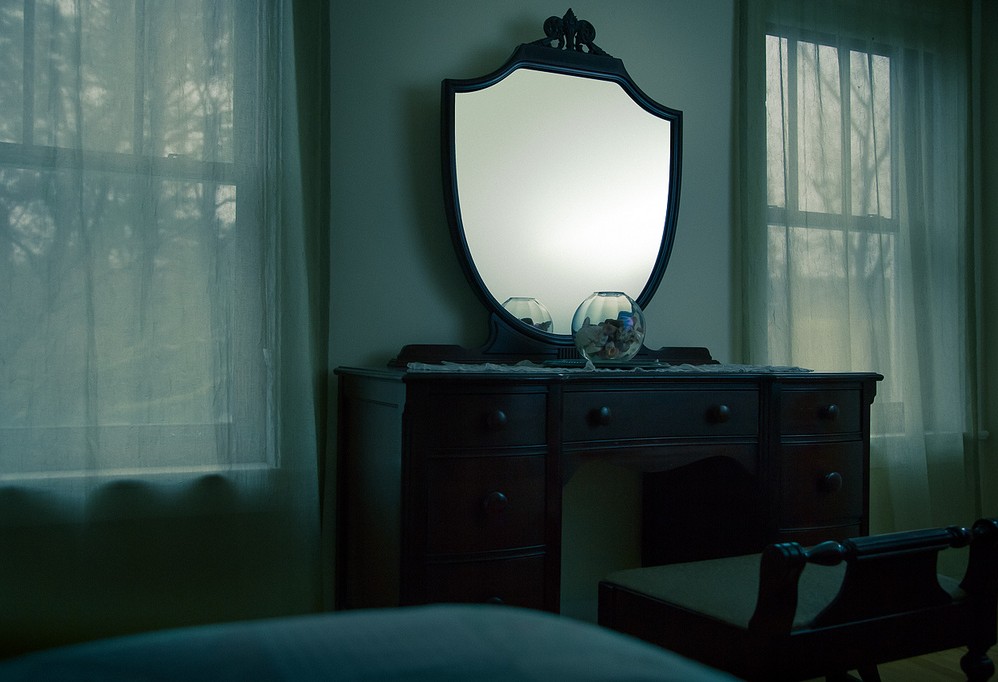
Eisoptrophobia - Fear of Seeing One's Reflection
Mirror, mirror, on the wall, what do I have to do never to see you at all? People who experience a fear of seeing their own reflections may suffer a condition called eisopthrophobia. Just not wanting to see how you look is not a phobia. Not wanting to see how you look may be a very reality-based concern. People who have eisopthrophobia may have a fear of their souls be stolen by a mirror, or becoming trapped inside the mirror, or the mirror becoming a portal to a parallel dimension or the spirit world. Some people who suffer eisopthrophobia are concerned that on looking into a mirror they would see someone behind them.
- Important notification about information and brand names used in this slideshow!
- Photo courtesy of Jean-François Renaud by Flickr : www.flickr.com/photos/jfrenaud/10636393435/
- Olvera C. Phobia: Living in Constant Fear. Blogspot. Accessed 7 December 2013.
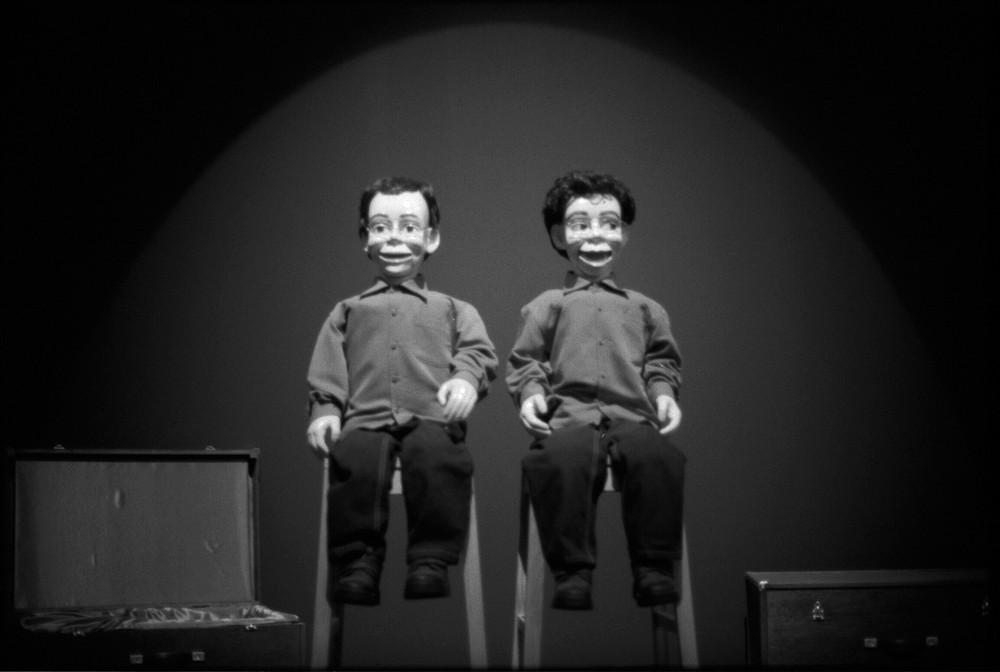
Automatonophobia - Fear of a Ventriloquist’s Dummy
Enough people suffer a mild case of automatonophobia, fear of a ventriloquist's dummy or any other representation of a living human being, that entire television series have been written around the premise of a scary dummy's ability to control flesh and blood humans around it. People who have automatopnophobia tend to be afraid not just of dummies but also of animatronic creatures, holograms, wax statues, and even toys. The sight of a human being depicted in 3-D form or as art may trigger sweating, shaking, muscle pain, and intense anxiety. The origins of this phobia may date back thousands of years to religious prohibitions against casting spells on human likenesses or communicating with the dead by making talismans.
- Important notification about information and brand names used in this slideshow!
- Photo courtesy of Jayjay Robertson by Flickr : www.flickr.com/photos/jayjayrobertson/5724336908/
- Wood, John T. (1976). What Are You Afraid Of?: A guide to dealing with your fears. Englewood Cliffs, New Jersey: Prentice Hall. pp. 41–43.
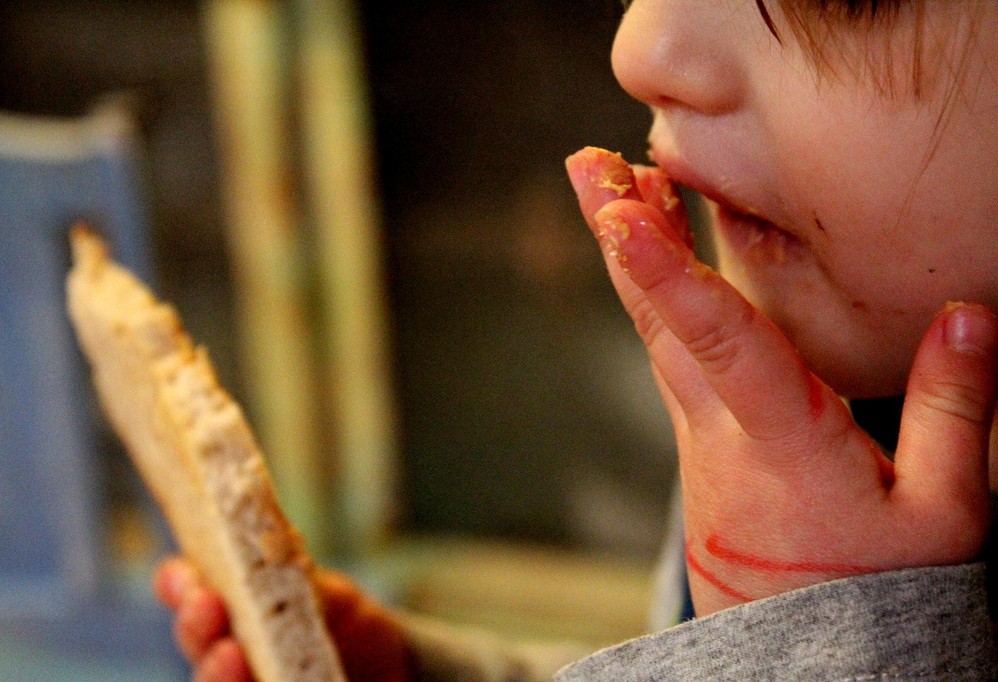
Arachibutyrophobia - Fear of Peanut Butter Sticking to the Roof of your Mouth
Arachibutyrophobia is a fear of peanut butter. More precisely, it is a fear of peanut butter sticking to the roof of the mouth. It really isn't hard to understand how someone could develop a fear of getting a mouth full of peanut butter. There's no question that peanut butter is sticky, and when peanut butter sticks to the roof of your mouth, you usually can't lick it away with your tongue. Peanut butter stuck to your tonsils can result in peanut butter going up your nose--it only takes one experience of gagging on peanut butter to become cautious with it for life. But anxiety about eating peanut butter may mean you just need to eat smaller bites.
- Important notification about information and brand names used in this slideshow!
- Photo courtesy of Various Brennemans by Flickr : www.flickr.com/photos/brenneman/6029037946/
- WiseGeek. What Is Arachibutyrophobia? Accessed 7 December 2013.
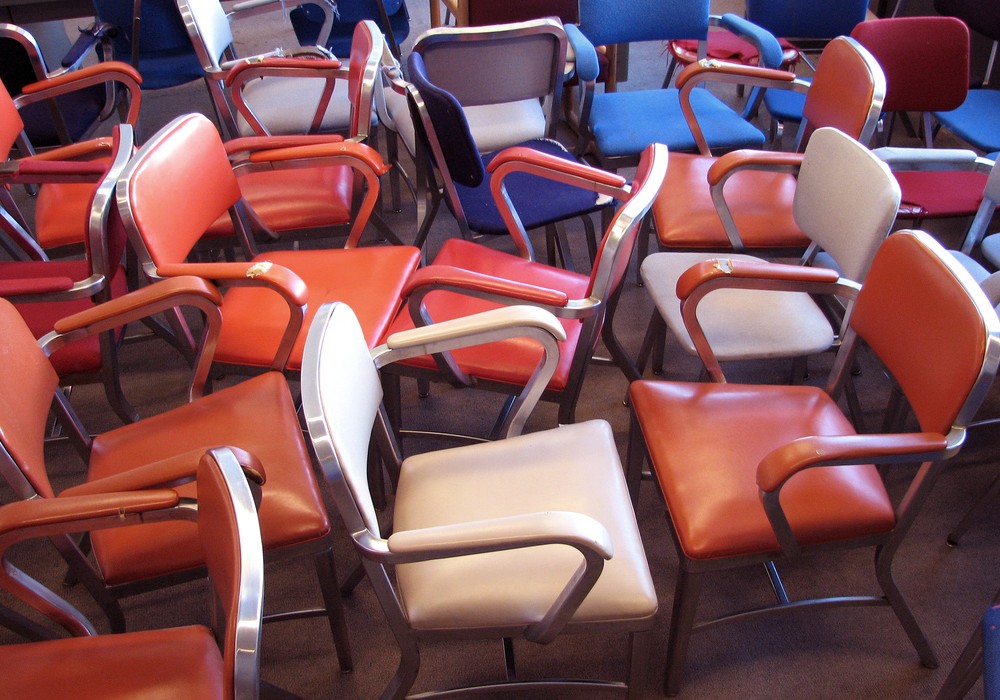
Cathisophobia - Fear of Sitting Down
Cathisophobia, which is sometimes spelled kathisophobia, is an irrational fear of sitting down. Not every fear of sitting down is a phobia. If you weight 600 pounds and you are afraid of breaking a chair, your fear of sitting down is not a phobia. If you just had hemorrhoid surgery and your sutures have not yet come out, your fear of sitting down is not a phobia. When people have had a bad experience while sitting down, sitting down on a tack, sitting down in someone else's body fluids or human waste, they may generalize that fear to other situations where a similar experience is highly unlikely. There are also people who fear sitting in the presence of dignitaries or powerful people.
- Important notification about information and brand names used in this slideshow!
- Photo courtesy of marya by Flickr : www.flickr.com/photos/emdot/73537086/
- Right Diagnosis, from Health Grades. Cathisophobia. Accessed 7 December 2013.



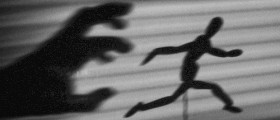
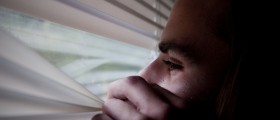











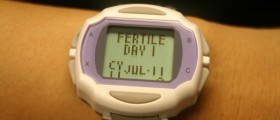


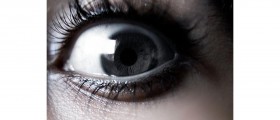







Your thoughts on this
Loading...